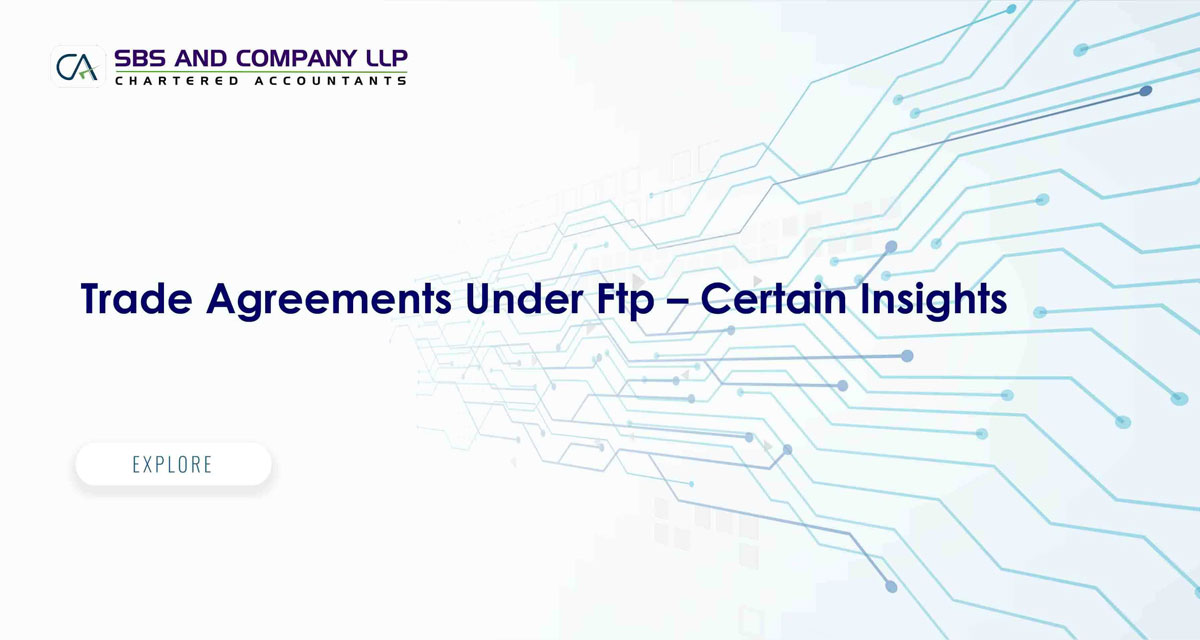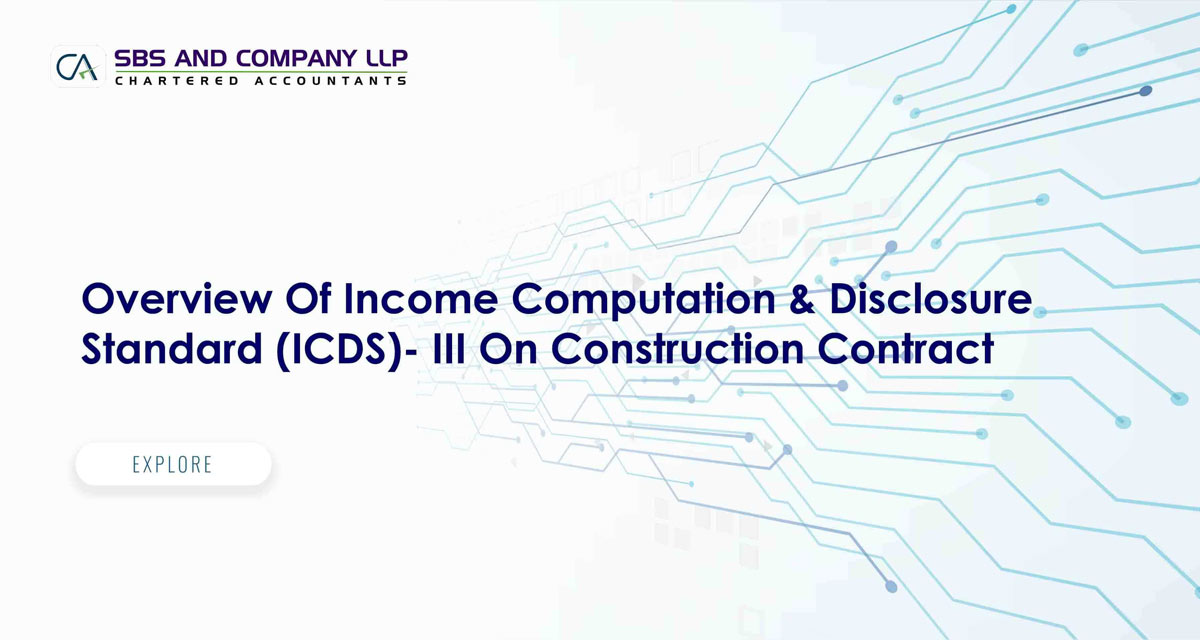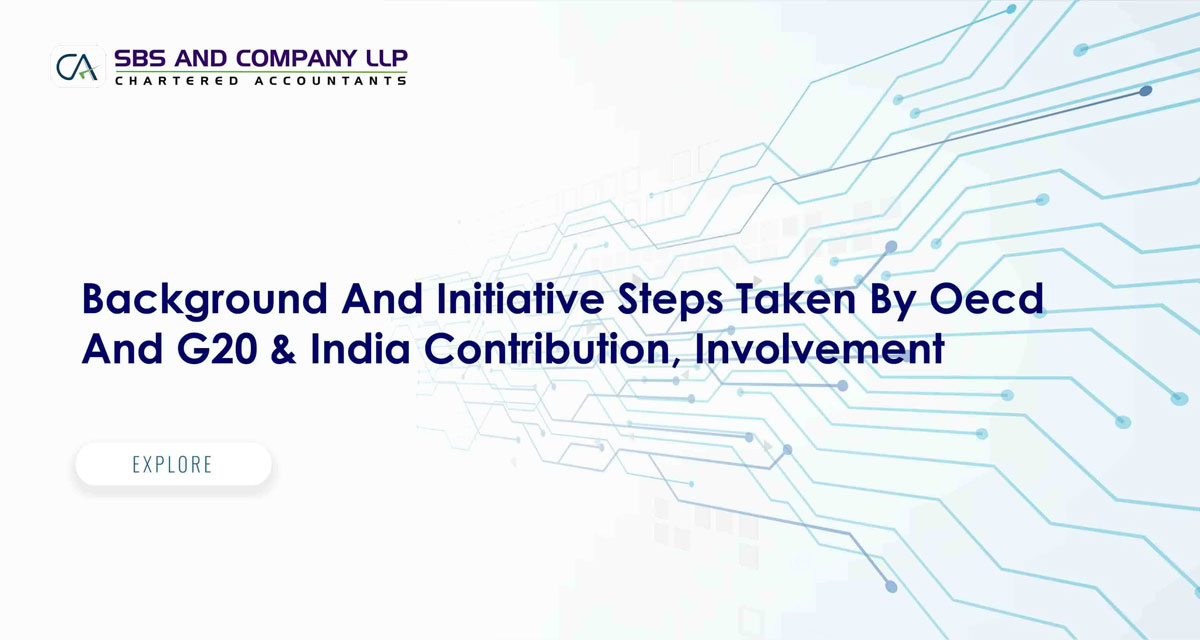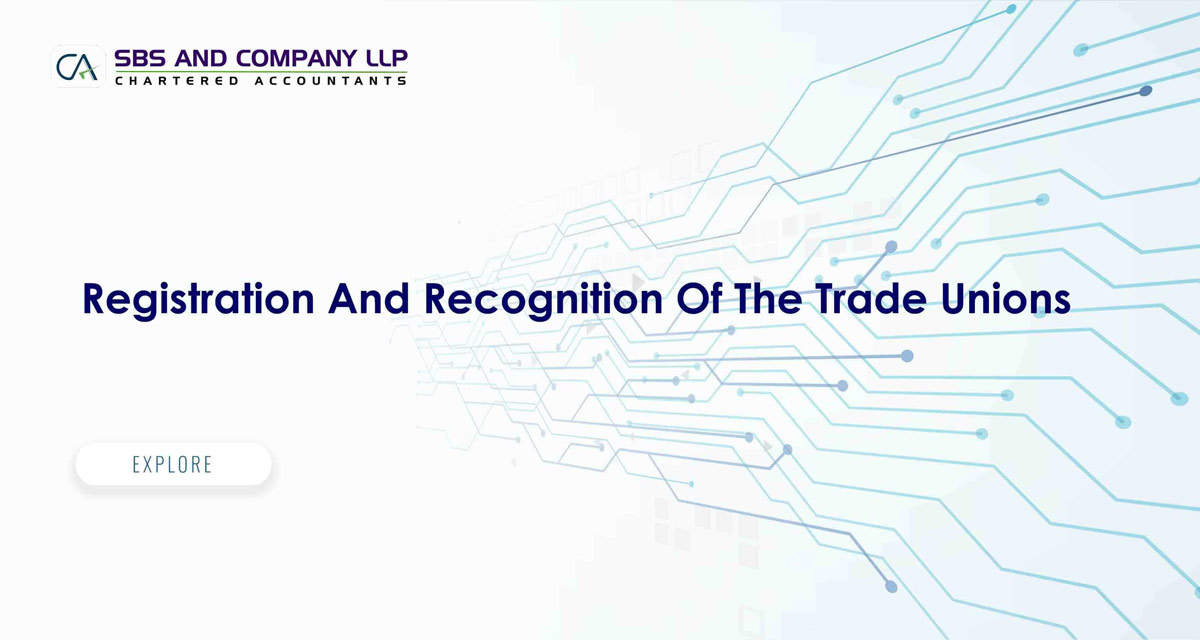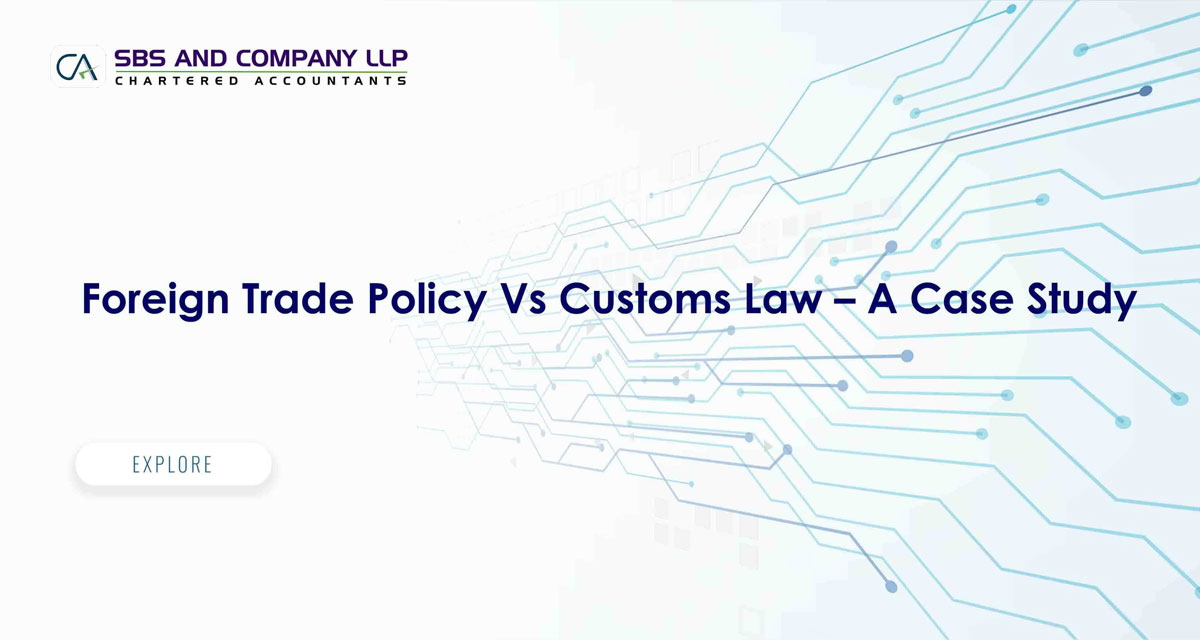OECD is an international economic organisation of 34 countries, founded in 1961 to stimulate economic progress and world trade. It is a forum of countries describing themselves as committed to democracy and the market economy, providing a platform to compare policy experiences, seeking answers to common problems, identify good practices and coordinate domestic and international policies of its members.
The G20 is made up of the finance ministers and central bank governors of 19 countries: Argentina, Australia, Brazil, Canada, China, France, Germany, India, Indonesia, Italy, Japan, Mexico, Russia, Saudi Arabia, South Africa, South Korea, Turkey, the United Kingdom, the United States of America.
The remaining seat is held by the European Union, which is represented by the rotating Council presidency and the European Central Bank.
India not a member of OECD, but actively engaged in taxation work of OECD. Since 2006, India been accorded the status of “Participant” / “Observer”of OECD and G20 countries working on equal footing on the BEPS project. Recommendations under BEPS Project made on basis of consensus arrived by 34 OECD Countries and 8 non-OECD G20 countries
India as an non-OECD G20 country, is an active participant in the BEPS project. As member of “Bureau Plus”, participated in the decision making process. India obliged to act on BEPS recommendations. We Can expect BEPS related changes as early in the forthcoming 2016 Budget.
What is BEPS?
The term Base Erosion and Profit Shifting (BEPS) refers to tax avoidance strategies which, by exploiting gaps and mismatches in tax rules, shift profits of Multinational Enterprise (‘MNE’) Groups to low or no tax locations where there is little or no real activity.
What causes BEPS?
The interaction of domestic tax systems in cross border transactions may result in double taxation of same income / leave gaps, resulting in double non-taxation of income.BEPS strategies take advantage of these gaps between tax systems in order to achieve double non-taxation.
Impact:
Global corporate income tax (CIT) revenue losses estimated between 4% and 10% of global CIT revenues, i.e. USD 100 to 240 billion annually. Given developing countries’ greater reliance on CIT revenues, estimates of the impact on developing countries, as a percentage of GDP, are higher than for developed countries.
The Organisation for Economic Co-operation and Development (OECD) has published ‘Action Plans’ on BEPS as an initiative aimed at curbing such strategies. The Action Plans are built around three pillars viz. Coherence, Substance and Transparency. The final reports on the 15 Actions differ in timing of impact and further steps are needed. Some measures may have (almost) immediate effect in a number of countries; others require treaty based action or legislative action by countries. The OECD also has announced plans for additional work on some Actions.
|
Coherence Substance Transparency
|
|
|
Action 2:
|
|
Action 6:
|
Action 11:
|
|
|
Hybrid mismatch
|
|
Preventing tax treaty abuse
|
Methodologies and data
|
|
|
arrangements
|
|
|
analysis
|
|
|
|
|
|
|
|
|
|
|
|
Action 7:
|
|
|
|
|
|
|
|
|
|
|
|
Action 3:
|
|
Avoidance of PE status
|
Action 12:
|
|
|
CFC rules
|
|
|
Disclosure rules
|
|
|
|
|
|
|
|
Action 8:
|
|
|
|
|
|
|
|
|
|
|
|
|
|
|
|
Action 4:
|
|
TP aspects of intangibles
|
Action 13:
|
|
|
Interest deduction
|
|
|
TP documentation
|
|
|
|
|
|
|
|
Action 9:
|
|
|
|
|
|
TP risk and capital
-
|
|
|
|
|
|
|
|
|
|
|
|
|
Action 5:
|
|
|
Action 14:
|
|
|
|
|
|
Harmful tax practices
|
|
Action 10:
|
Dispute resolutions
|
|
|
|
|
High risk transactions
|
|
|
Other Action points (1 is pertaining to concerns on the business involving Digital economy and the harmful tax planning’s and the solutions and 15 is pertaining to multilateral instrument relating to one common document to be signed by the countries accepting the changes that the BEPS action plans are suggesting.)
The Action points pertaining to Transfer Pricing (8-10 and 13) are of immediate impact on the global tax economies including India. In the following paragraphs, we have provided a brief overview of the Action points 8-10, transfer pricing aspects (Intangibles, risk allocation and High value Intra group transactions):
Actions 8-10 – Transfer pricing aspects:
The OECD has included its updated transfer pricing guidance in one report under Actions 8-10, covering: amended guidance on applying the arm’s length principle (revisions to section D of chapter I of the OECD Transfer Pricing Guidelines), notably providing guidance on the identification of the actual transaction undertaken, on what is meant by control of a risk, and on the circumstances in which the actual transaction undertaken may be disregarded for transfer pricing purposes.
Guidance on comparability factors in transfer pricing, including location savings, assembled workforce, and MNE group synergies (additions to chapter I of the OECD Transfer Pricing Guidelines). This guidance remains unchanged from the guidance issued as part of the 2014 report on transfer pricing for intangibles New guidance on transfer pricing for commodity transactions (additions to chapter II of the OECD Transfer Pricing Guidelines). A new version of chapter VI of the OECD Transfer Pricing Guidelines addressing intangibles, including new guidance on the return to funding activities and on hard-to -value intangibles. New guidance on low-value adding intragroup services (revisions to chapter VII of the OECD Transfer Pricing Guidelines).
An entirely new version of chapter VIII of the OECD Transfer Pricing Guidelines, covering cost contribution arrangements In addition, the Actions 8-10 package describes additional work to be conducted by the OECD to produce new guidance on the application of the transactional profit split method. The aim is to produce a discussion draft in 2016 and final guidance during the first half of 2017.
Intangibles:
The intangibles final report consists of a new version of chapter VI, which builds on the version issued in September 2014.10 The structure of the final report is the same, containing four sections providing guidance on: (i) identifying intangibles for transfer pricing purposes, including adefinition of intangibles for transfer pricing purposes; (ii) identifying and characterizing transactions involving intangibles, including the determination of which entity or entities should share in the costs and risks of intangible development and the economic returns from the intangibles; (iii) identifying types of transactions involving intangibles; and (iv) determining arm’s length conditions and pricing in cases involving intangibles, in particular addressing intangible valuation, and arm’s length conditions for hard-to-value intangibles.
The key features of the final report, and key differences from earlier reports on intangibles, are:
Guidance on which entity or entities are entitled to share in the economic return from exploiting intangibles. The final report clarifies and confirms previous work, stating that mere legal ownership of an intangible does not confer any right to the return from its exploitation. Instead, the economic return from intangibles will accrue to the entities that perform the important value creating functions of developing, enhancing, maintaining, protecting and exploiting the intangible, and that assume and manage the risk associated with those functions.
New guidance on determining the arm’s length return for providing funding for intangible development. Where the entity providing the funding exercises control over the financial risk assumed, that entity is entitled to an expected rate of return commensurate with the risk (for example, based on the rate of return that might be achieved by investing in comparable alternative investments). Where the entity does not exercise control over the financial risk, it is entitled to (no more than) a risk free return only.
Guidance on valuation methods. The final report confirms that database comparables are seldom appropriate for pricing intangible transactions, and provides guidance on the use of other valuation techniques that may be more applicable.
Guidance on hard-to-value intangibles. Where intangibles are transferred or licensed in development or where their value is highly uncertain, the tax administration is entitled to use the ex post evidence about financial outcomes to inform the determination of the arm’s length pricing arrangements, including any contingent pricing arrangements, that would have been made between independent enterprises at the time of the transaction. The taxpayer can prove the original pricing was based on reasonable forecasts taking into account all reasonably foreseeable eventualities. There are some similarities with the US ”Commensurate with Income”standard. The guidance on intangibles is effectively final, although one small section within part D on the application of the transactional profit split method for pricing intangibles transactions is likely to be revised when the OECD completes its new guidance on this transfer pricing method.
Cost contribution arrangements
The section on cost contribution arrangements (CCAs) replaces existing chapter VIII of the OECD Transfer Pricing Guidelines in it sentirety. The objective of the final report is to align the guidance on CCAs with the new guidance elsewhere in the final report on control of risk and on intangibles transactions.
The guidance contained in the final report is similar to the guidance in the discussion draft issued in April 2015.11 although some aspects have been refined in light of the OECD consultations with business representatives.
The key points contained in the final report are:
CCAs are contractual arrangements among business enterprises for sharing contributions and risks associated with the joint development, production or obtaining of intangibles, tangible assets or services, in the expectation of mutual benefit from the pooling of resources and skills.
The expectation of mutual benefit is a pre-requisite for participating in a CCA. Participants must expect to benefit from the output of the CCA, for example by being able to exploit the rights acquired or services developed in their own businesses.
Control is a pre-requisite to be considered as a participant in a CCA. Participants must have the functional capacity to exercise control over the risks taken in the CCA. This means they must be capable of making the decision to take on the initial financial risk of participation in the CCA, and must have the ongoing decision-making capacity to decide on whether or how to respond to the risks associated with the CCA.
The value of the contributions made by CCA participants must be in proportion to their reasonably anticipated benefits from the CCA. Where contributions are not in proportion to reasonably anticipated benefits, true-up payments may be required.
The value of each participant’s contribution should be determined in line with the value that would be placed on it by independent enterprises in comparable circumstances. While contributions should be measured based on value, the final report recognizes that it maybe more practical for taxpayers to compensate current contributions at cost. However, this approach may not be appropriate where the contribution of different participants differ in nature (for instance, where some participants contribute services and others provide intangibles or other assets).
Hard-to-value intangible
The final report contains a specific transfer pricing approach with respect to hard-to-value intangibles (HTVI). The guidance finalizes an earlier discussion draft released June 2015.12 HTVI are defined as intangibles or rights in intangibles for which, at the time of their transfer between associated enterprises, (i) no reliable comparables exist; and (ii) at the time the transactions was entered into, the projections of future cash flows or income expected to be derived from the transferred intangible, or the assumptions used in valuing the intangible are highly uncertain, making it difficult to predict the level of ultimate success of the intangible at the time of the transfer.
The approach is intended to ensure that tax administrations can determine in which situations the pricing arrangements with respect to a HTVI as set by the taxpayers are at arm’s length and are based on an appropriate weighting of the foreseeable developments or events that are relevant for the valuation of certain HTVI and in which situations this is not the case. Under this approach, ex post evidence provides presumptive evidence as to the existence of uncertainties at the time of the transaction, whether the taxpayer appropriately took into account reasonably foreseeable developments or events at the time of the transaction, and there liability of the information used ex ante in determining the transfer price for the transfer of such intangibles or rights in intangibles.
Such presumptive evidence may be subject to rebuttal if it can be demonstrated that it does not affect the accurate determination of the arm’s length price.
Compared to the discussion draft, the final report provides more detailed exemptions and safe harbours when a transfer does not fall within the rules on HTVI.
Risk & Capital
The final report also contains revisions to Section D of Chapter I of the OECD Transfer Pricing Guidelines following the work under Action 9 (transferring risks or allocating excessive capital) and Action 10 (clarifying circumstances to re-characterize transactions).
More specifically, the revisions include the following main guidance to consider in conducting a transfer pricing analysis:
The importance of accurately delineating the actual transactions between associated enterprises through analysing the contractual relations between the parties together with evidence of the actual conduct of the parties.
Detailed guidance on analysing risks as part of a functional analysis, including a six-step analytical framework. This framework considers the identification of the economically significant risks with specificity, the determination of contractual allocation of these risks and the functions relating to these risks.
For transfer pricing purposes, the associated enterprise assuming a risk should control the risk and have the financial capacity to assume the risk.
A capital-rich MNE group member without any other relevant economic activities (a “cash box”) that provides funding, but cannot control financial risks in relation to the funding, will attain no more than a risk-free return, or less if the transaction is commercially irrational.
In exceptional circumstances of commercial irrationality, a tax administration may disregard the actual transaction. The main question is whether the actual transaction has the commercial rationality of arrangements that would be agreed between unrelated parties under comparable economic circumstances.
With respect to risk and recharacterization, the final report contains significant changes compared to the discussion draft in December 2014.13 including the inclusion of guidance on risk as an integral part of a functional analysis, the new six-step analytical framework to analyze risk, the inclusion of a materiality threshold by considering economically significant risks with specificity, the importance of financial capacity to assume risk, which was generally ignored in the discussion draft, and elimination of the moral hazard concept.
Low value added services
The guidance on low value adding services under Action 10 finalizes an earlier discussion draft released in November 2014.14 It takes the form of a rewrite of chapter VII of the OECD Transfer Pricing Guidelines on services. The updated guidance has the stated aim of achieving a balance between appropriate charges for low value adding services and head office expenses and the need to protect the tax base of payer countries. Key features of the proposed guidance include:
A standard definition of low value-adding intra-group services as being supportive in nature, not being part of the MNE’s core business, not requiring or creating valuable intangibles and not involving significant risks.
- A list of services that would typically meet the definition. In essence the services listed are back-office services.
- An elective simplified approach to determine arm’s length charges for low value-adding services:
- - A process for determining the costs associated with low value adding services
- - Allowing general allocation keys
- - A simplified benefits test
- - A standard 5% mark-up
- Prescriptive guidance on documentation and reporting that should be prepared for the MNE to be able to apply the simplified approach.
- The ability for tax administrations to include a threshold above which the simplified approach may be denied. Further work on the threshold will be performed as part of step two mentioned below.
Implementation will take place in two steps. As step one, a large group of countries has agreed to endorse the elective simplified mechanism by 2018. The second step looks to provide comfort to other countries that the elective simplified mechanism will not lead to base-eroding payments. It will entail further work in relation to a potential threshold above which the elective simplified mechanism will not apply and other implementation issues.
Finally, the revised guidance encourages tax administrations to limit any withholding taxes on low value-adding services to the profit element in the charge only.
Profit split
One of the objectives of Action 10 was to prepare transfer pricing rules or special measures to clarify the application of transfer pricing methods, in particular profit splits, in the context of global value chains. In order to determine for which matters additional clarification would be useful, the OECD released a discussion draft in December 2014.15 That discussion draft did not include revised guidance. The final report released in respect of Actions 8-10 includes a “scope of work for guidance on the transactional profit split method” which explains, among others, that the revised and improved guidance should:
- Clarify the circumstances in which transactional profit splits are the most appropriate method for a particular case and describe what approaches can be taken to split profits in a reliable way
Take into account changes to the transfer pricing guidance in pursuit of other BEPS actions and take into account the conclusions of the Report on Addressing the Tax Challenges of the Digital Economy, developed in relation to BEPS Action 1.
Reflect further work being undertaken to develop approaches to transfer pricing in situations where the availability of comparables is limited, for example due to the specific features of a controlled transaction, and clarify how in such cases, the most appropriate method should be selected. This scope of work as included in the final report will form the basis for draft guidance to be developed by the OECD during 2016 and expected to be finalized in the first half of 2017. A discussion draft will be released for public comments and a public consultation will be held in May 2016.
Commodities
The new guidance on commodity transactions under Action 10 finalizes an earlier discussion draft released in December 2014.16 and includes additional paragraphs to be inserted immediately following paragraph 2.16 of the OECD Transfer Pricing Guidelines.
The stated aim is an improved framework for the analysis of commodity transactions from a transfer pricing perspective which should lead to greater consistency in the way that tax administrations and taxpayers determine the arm’s length price for commodity transactions and should ensure that pricing reflects value creation. The key features of the released guidance on commodity transactions include:
- Clarification of the existing guidance on the application of the comparable uncontrolled price (CUP) method to commodity transactions and the use of publicly quoted prices to apply the CUP.
- Recommendation that taxpayers document their price-setting policy for commodity transactions to assist tax authorities in conducting informed examinations.
- Guidance regarding the adoption of a deemed pricing date for controlled commodity transactions
in the absence of evidence of the actual pricing date agreed by the parties to the transactions.
Compared to the discussion draft, the final guidance has minor changes, including a more specific list of the types of adjustments applicable when using a CUP method and clarification that the functions performed, assets used and risk assumed by other entities in the supply chain need to be compensated properly.
In our next Wiki, we would be covering exhaustively on the CBC (country by Country Reporting – Action 13) and its impact on the Indian TP regulations.
This article is contributed by Partners of SBS and Company LLP - Chartered Accountant Company. You can be reached at This email address is being protected from spambots. You need JavaScript enabled to view it.


